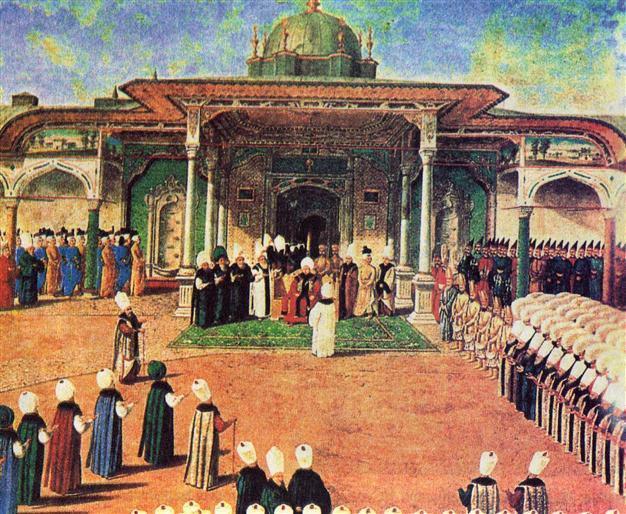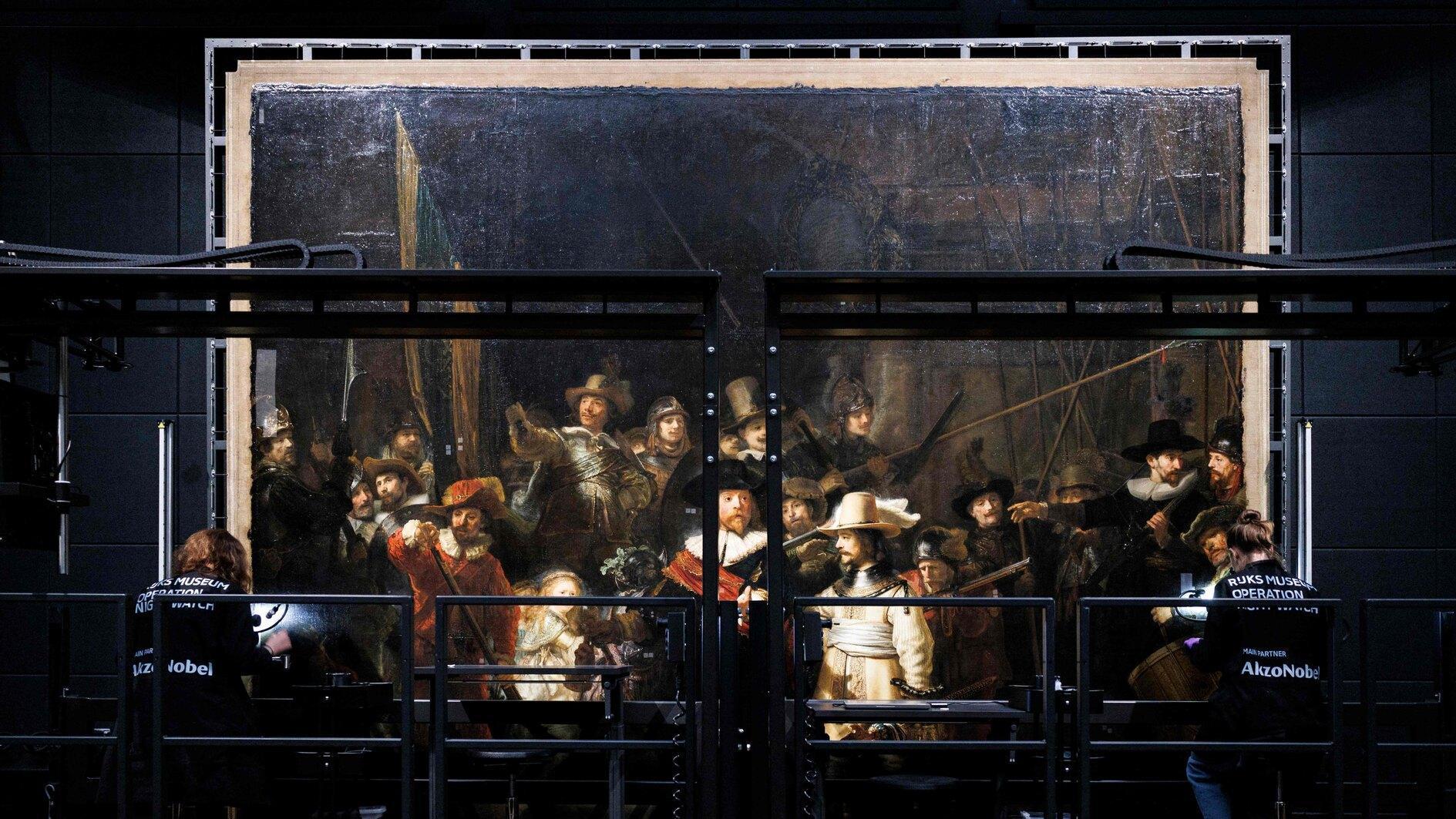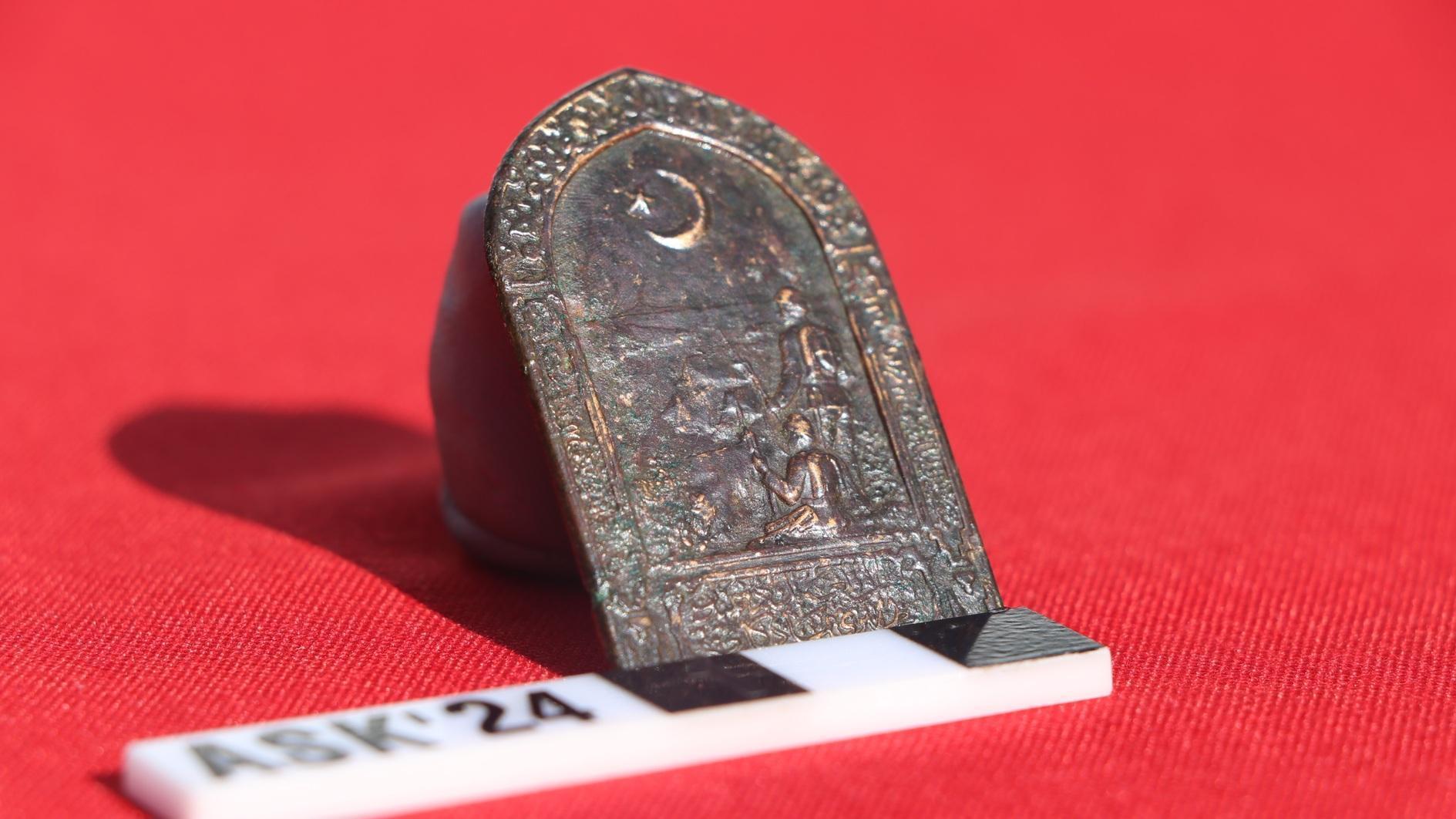The legacy of 'Heyet-i Teftişiye-i Maliye' in the evolution of Turkey's fiscal governance
Diyadin Yakut
 Although the history of finance inspection and examination bodies within the state apparatus can be traced back to the early days of the Ottoman Empire, the emergence of a modern, professional and self-supporting bureaucratic unit tasked to oversee virtually all revenues, properties and expenses of the vast Ottoman lands came in the last quarter of the 19th century. This was a phenomenal period of time when top-down and sweeping structural reforms were being carried out by the Ottoman ruling class to compensate for lost years and keep up with the ever-accelerating pace of development elsewhere in the world, especially in the West.
Although the history of finance inspection and examination bodies within the state apparatus can be traced back to the early days of the Ottoman Empire, the emergence of a modern, professional and self-supporting bureaucratic unit tasked to oversee virtually all revenues, properties and expenses of the vast Ottoman lands came in the last quarter of the 19th century. This was a phenomenal period of time when top-down and sweeping structural reforms were being carried out by the Ottoman ruling class to compensate for lost years and keep up with the ever-accelerating pace of development elsewhere in the world, especially in the West.The idea to leave the control and oversight of public financial transactions to an elite group of inspectors appointed by a joint decree (with signatures of the sultan, the “sadrazam” or prime minister, and the “maliye nazırı” or finance minister) stood out in the context of wider reform efforts. The grandiose initiative of “Umuru Maliyenin Tanzim ve Islahı” was intended to fix the grave situation of public finances and bring the lagging Ottoman bureaucracy back onto healthy footing.
Inspired and influenced by the effectiveness of the Inspection Générale des Finances (the French Finance Inspection Board) and its overall influence on the general betterment and modernization of the French state, the reform-minded Ottoman ruling elite of the era set out to devise an inspection body named the “Heyet-i Teftişiye-i Maliye” (Finance Inspection Board). This board was tasked to carry out inspection, investigation, oversight, audit, analysis, consulting and evaluation services with a cross-disciplinary approach in administrative, economic, legal, financial, human resources and other relevant matters.
The Heyet-i Teftişiye-i Maliye began to fully operate within the remote borders of the enormous empire, with its first inspectors subsequent to the promulgation of the founding “irade-i seniye” (royal decree) of Sultan Abdulhamid in 1879.
The Heyet-i Teftişiye-i Maliye, now known by its colloquial name “Heyet-i Mümtaze”(the Distinguished Board), has delivered, since its inception, on its original mission of carrying out tasks such as tax examinations, inspections, investigations and inquiries within national borders and in diplomatic missions overseas in a rehabilitative manner and directly under the finance minister. It has played a historical role as an academy for the best graduates as assistant inspectors, destined not only to fill the top managerial positions in the bureaucracy but also to become ministers and even prime ministers. It initiated the establishment of a number of other examination units with more specific and limited authority, both inside the Ministry of Finance and other institutions. These institutions include the “Hesap Uzmanları Kurulu” (Account Experts Board), whose members later come to be known for their technical competency particularly in the academic aspects of taxation, “gelirler kontrolörlüğü” (revenue comptrollers), and “vergi denetmenliği” (local tax auditors). These three inspection and examination units were merged into a single body called the Tax Inspection Board in July 2011.
The Heyet-i Teftişiye-i Maliye, one of the handful of Ottoman institutions incorporated by the young Republic literally untouched following the collapse of the empire in 1923, does not currently exist as a legal and bureaucratic entity with an intact organizational structure. However, the sheer number of active finance inspectors within the top ranks of the Tax Inspection Board and, most importantly, the corporate values and ways of dealing with state affairs developed by finance inspectors over more than a century, enable the original legacy entrusted to the first inspectors by Abdülhamid II to withstand the passage of time and changes in its organizational framework.
Furthermore, current inspection and examination boards across ministries have adopted many of the century-old corporate cultural and institutional traditions of the Finance Inspection Board. These include the elaborate and highly competitive selection processes of assistant inspectors, rigorous three-year-long on-the-job training, and the legendary “üstad-muavin” (master-assistant) relation, which is now an indispensable element of training programs at all inspection and examination bodies in Turkey.
Whatever trajectory the Tax Inspection Board takes in the years to come - whether it stays in its present form as its direct successor, meeting challenging targets amid mounting expectations, or whether it plays a transitional role in the rise of a new inspection body capable of shouldering the administrative burden of the coming century - the fame of the Heyet-i Teftişiye-i Maliye will be conveyed from generation to generation.
















